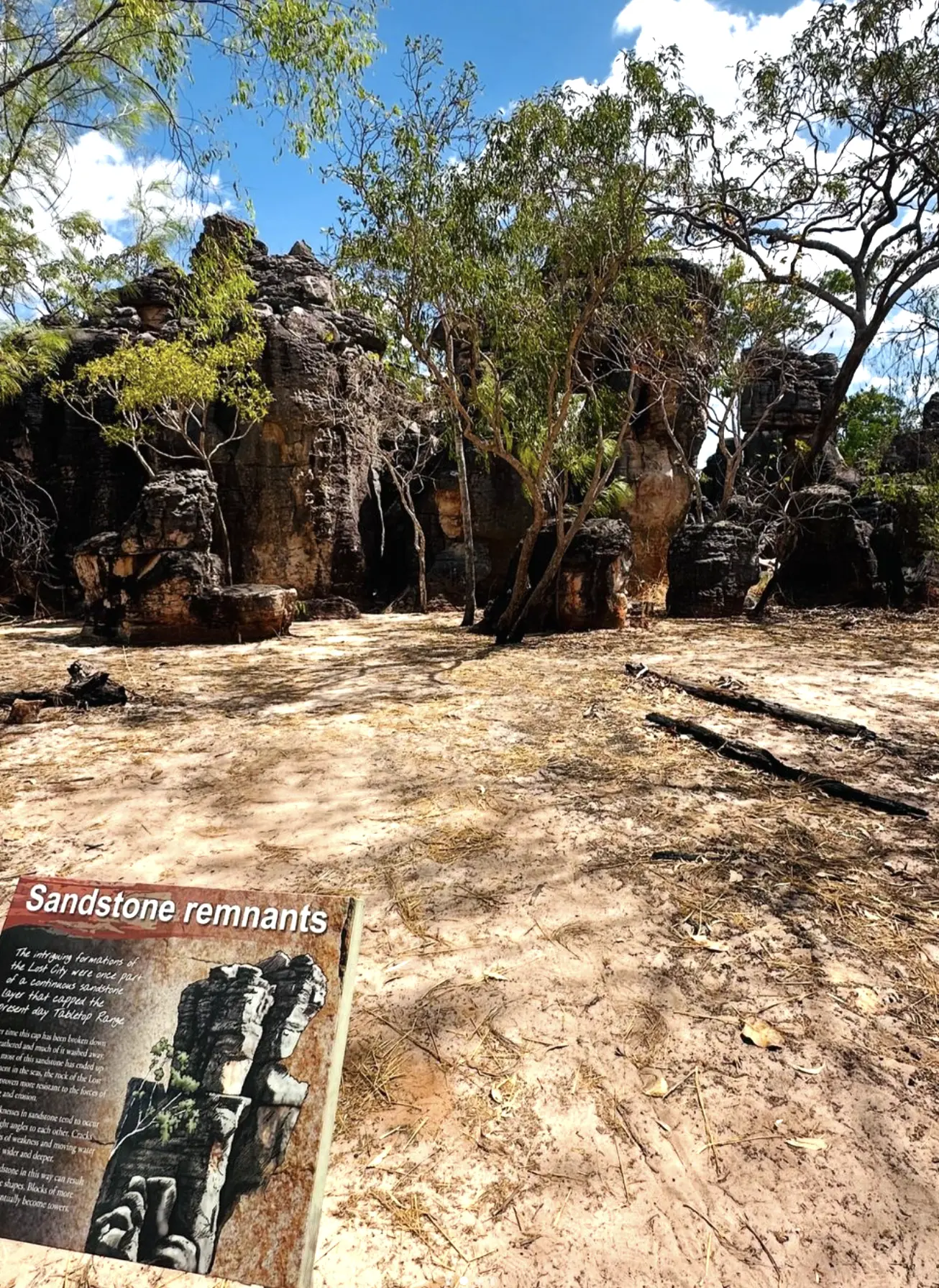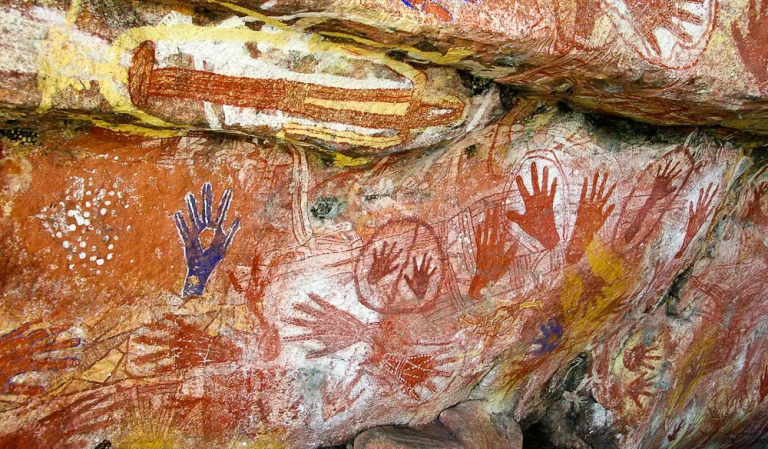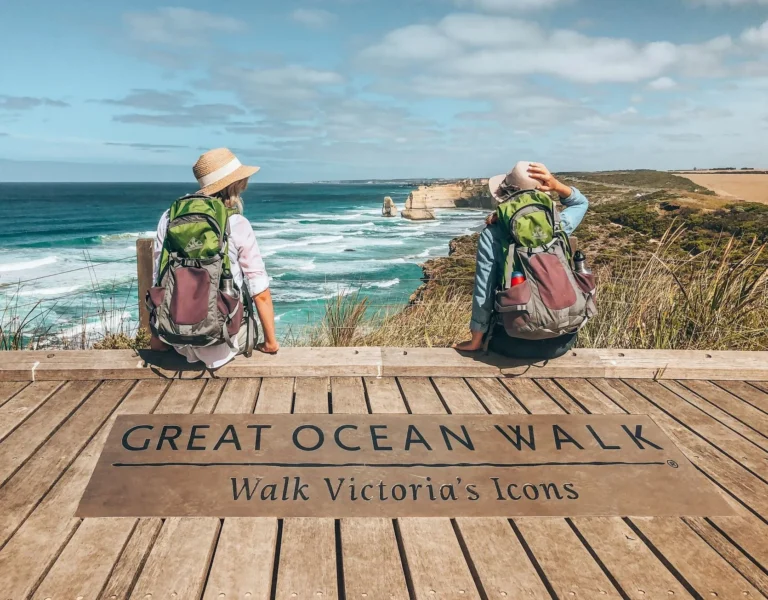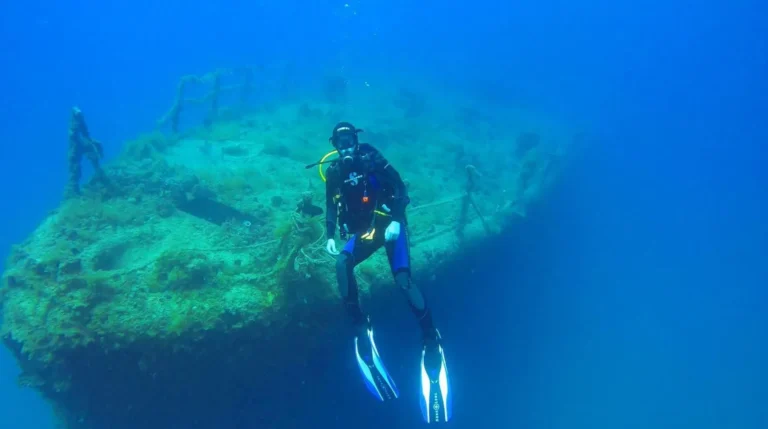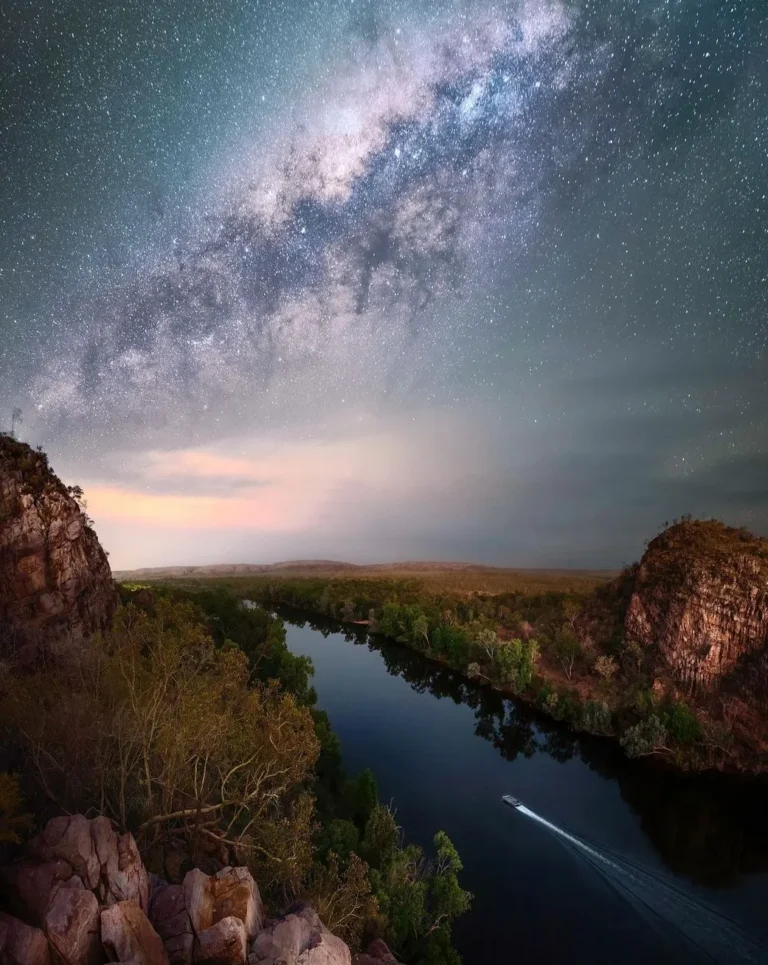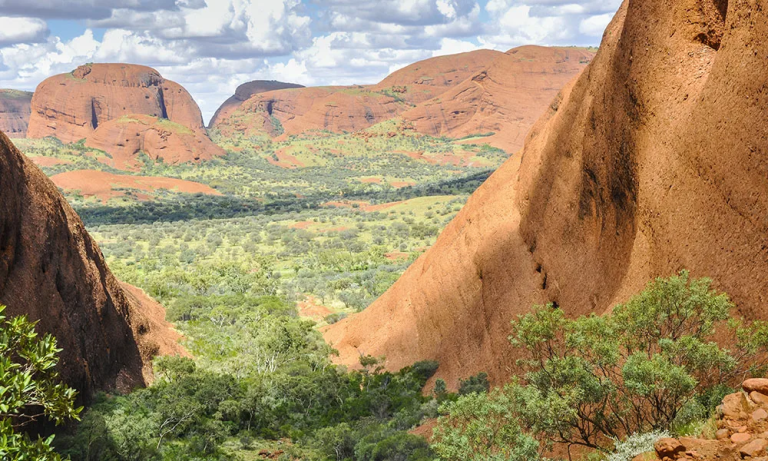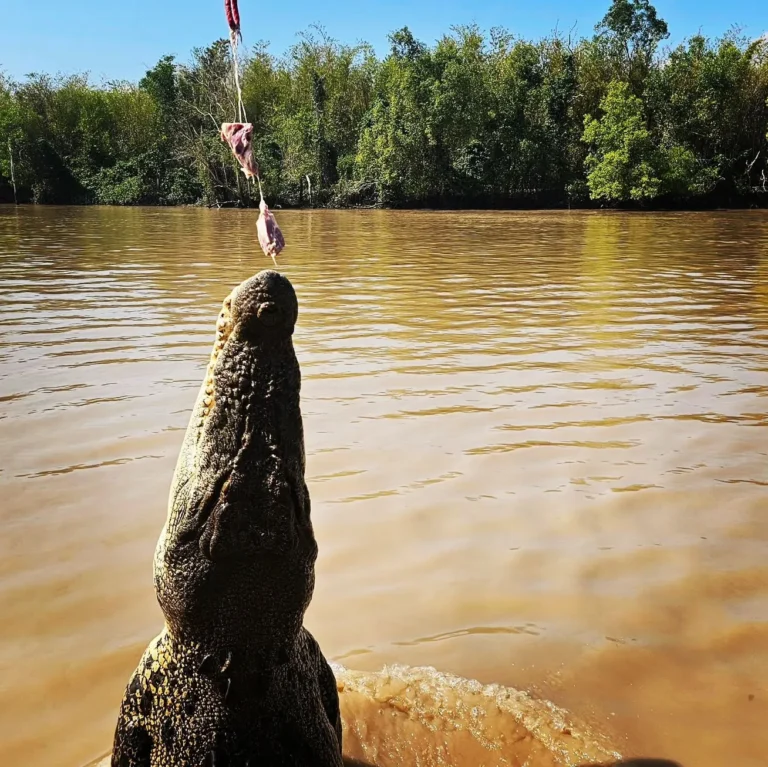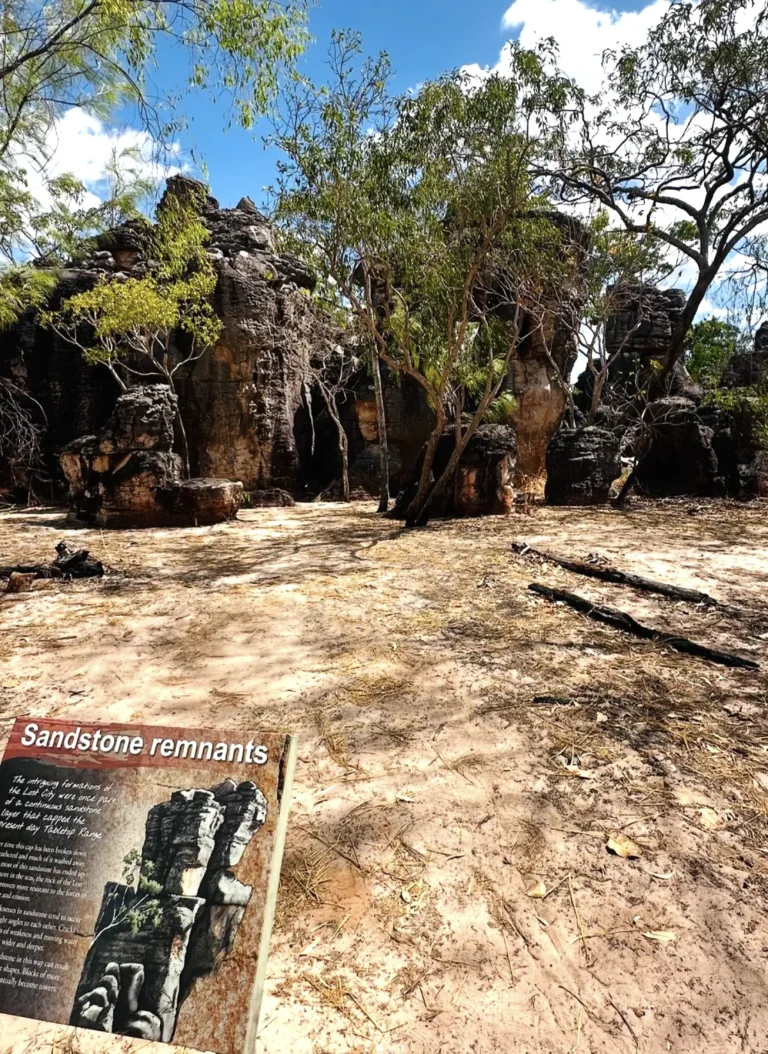Going to Litchfield National Park: Where To Stay, What To Do, Tips & Things To Know
If you are looking for a treasure off the beaten track, then Litchfield National Park within the Northern Territory of Australia is the real treasure you can find. The park is capable of captivating anyone with its backsplashes, clear waterholes, and awe-inspiring wildlife, making this your ultimate destination.
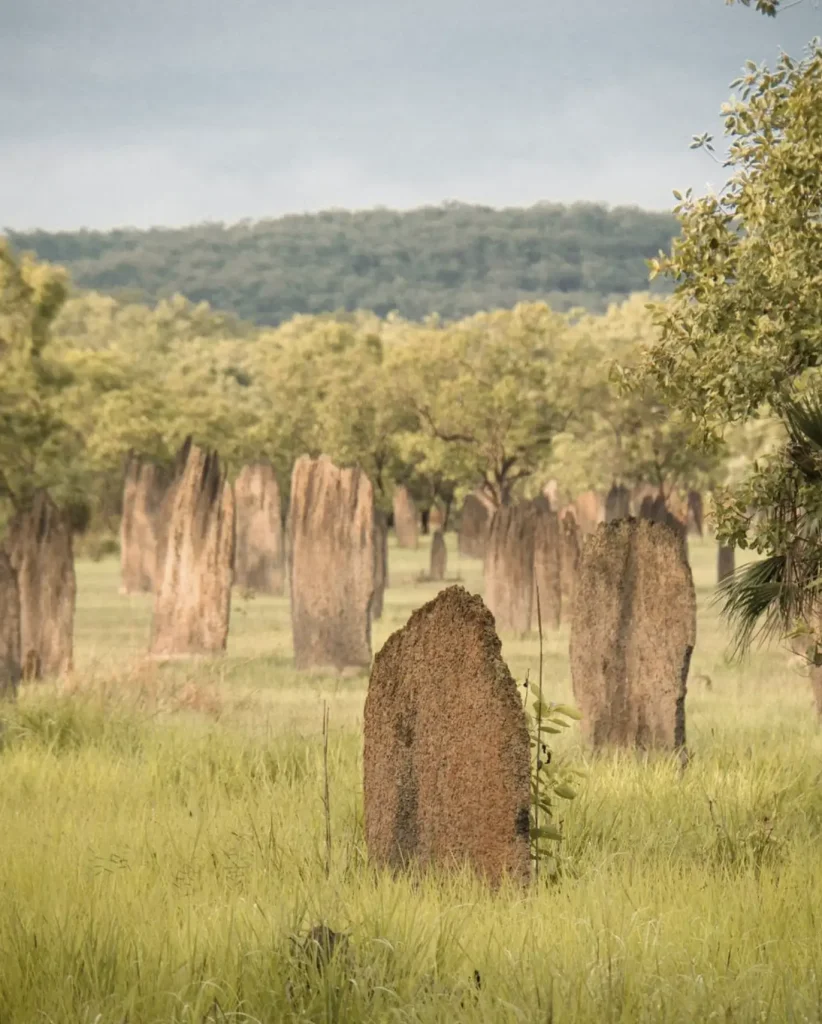
Whether you’re out for a quick day trip or planning on spending a few nights camping under the stars, Litchfield will not disappoint. Be it the famous Florence Falls, the stunning Wangi Falls, or the fascinating Magnetic Termite Mounds, the park is a haven for nature enthusiasts and explorers alike. In this article, I will assist you with all the details you need to explore Litchfield National Park as efficiently as possible.

Where is Litchfield National Park Situated?
Litchfield National Park is located in the Top End of the Northern Territory, approximately 100 kilometers southwest of Darwin. It can be reached via the sealed Litchfield Park Road, making it perfect for a road trip. The park covers an area of 1,500 sq km and features diverse landscapes such as monsoonal rainforests, waterfalls, and impressive rock formations.
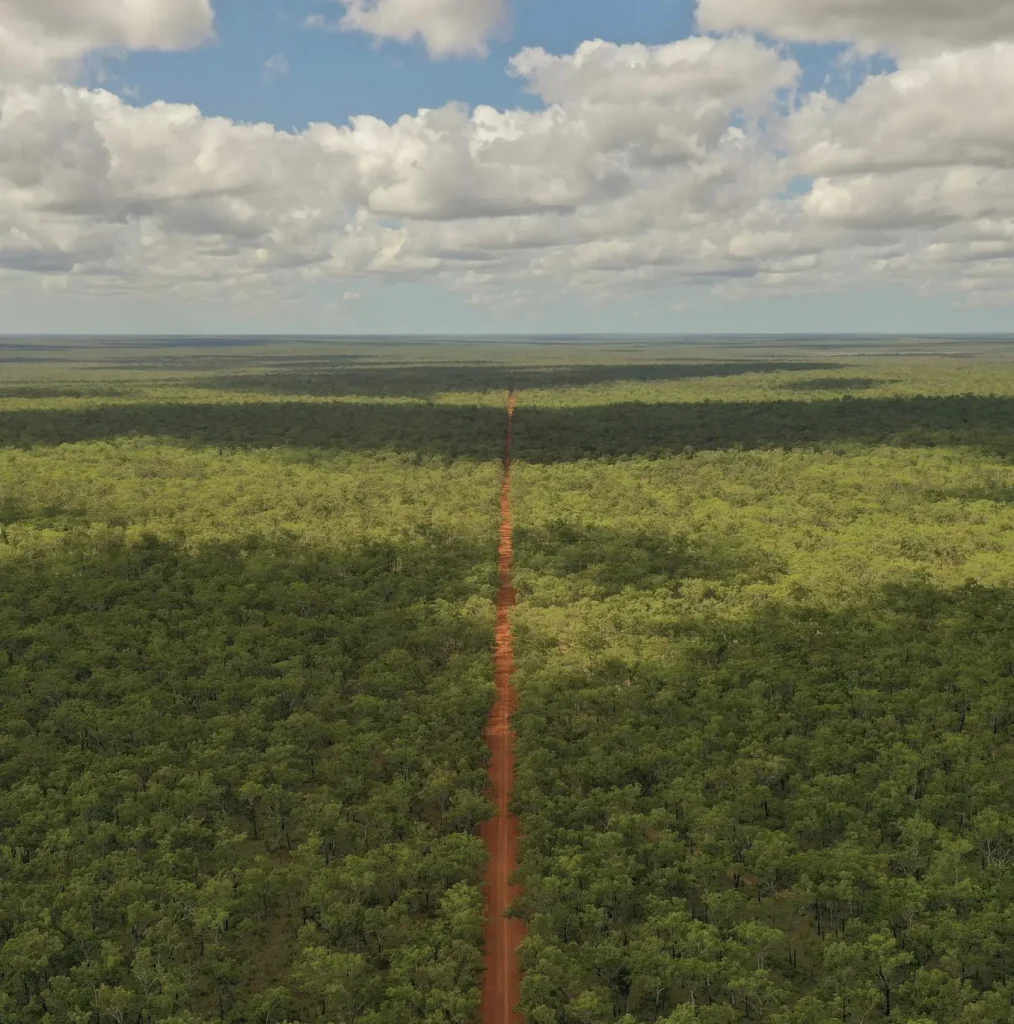
Many visitors find it convenient to add a trip to Litchfield after visiting Arnhem Land or Kakadu National Park, as these areas showcase some of the finest Australian outback experiences.
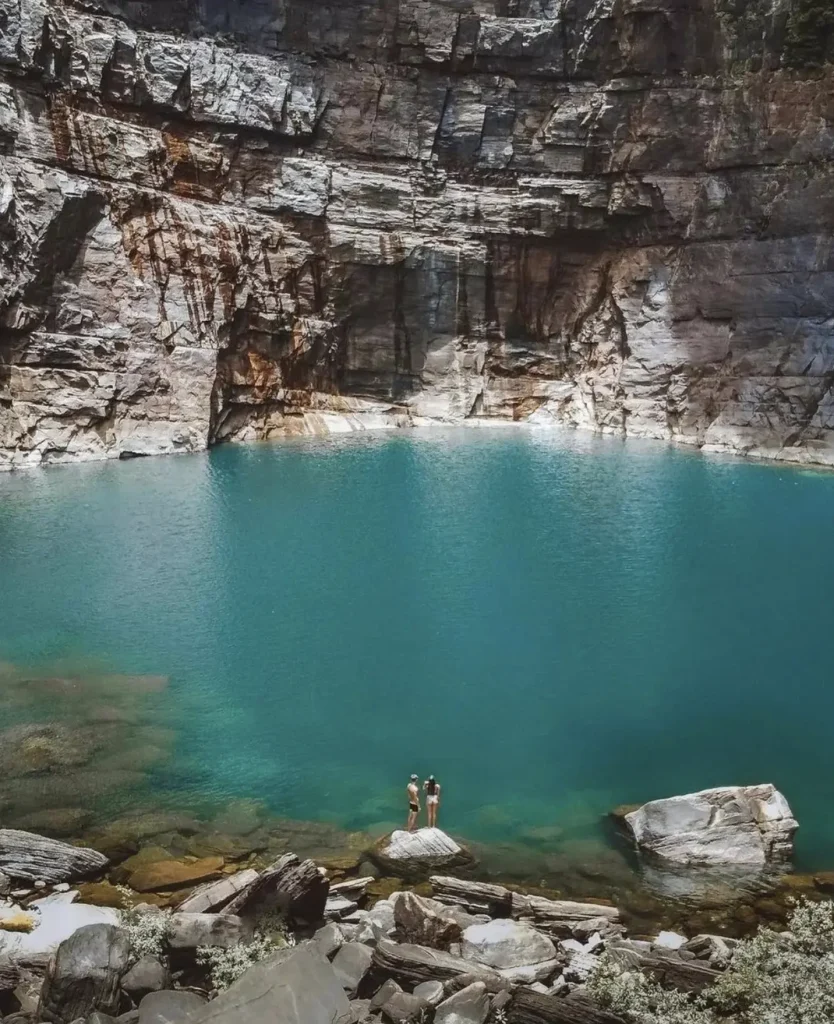
New visitors often ask which camping area to use, as the park offers excellent value for those seeking a short break from Darwin. While it’s possible to do a day trip, spending the night has its advantages. For those staying longer, the park provides plenty of camping facilities, some of which are located at the best viewpoints.
Top Attractions in Litchfield National Park
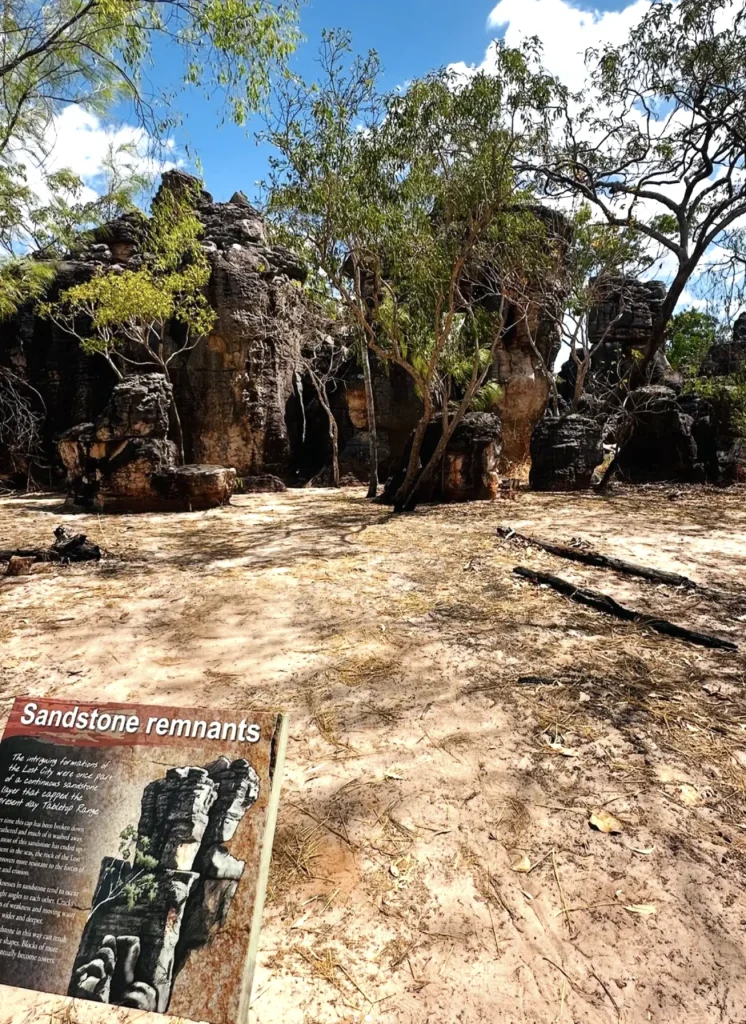
When most people think of Litchfield National Park, they think of its amazing waterfalls, each offering a unique experience. Below are some of the attractions you shouldn’t miss:
Florence Falls: A Hidden Gem
Florence Falls attracts over 90,000 visitors annually. This twin-peak waterfall plunges into a clear plunge pool, making it a perfect spot for swimming and relaxation. Nestled amidst a monsoonal rainforest, Florence Falls is an excellent place to cool off. There’s also a walking track through the area, complete with narrow cattle tracks and observation platforms. Visitors can enjoy picnics near the pool, soaking up the sun without being overexposed.
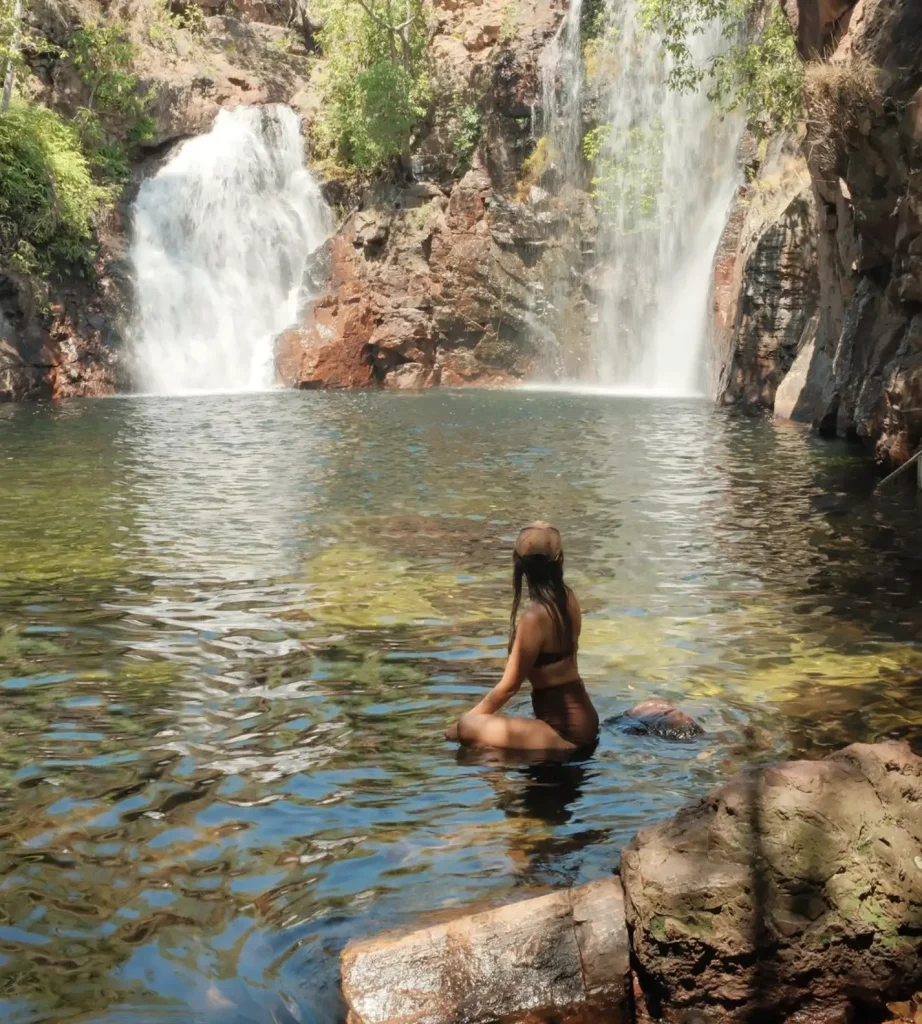
Florence Falls is most visited during the dry season when flooding risks are minimal, and swimming is ideal. The months of May to October are also regarded as peak season due to cooler temperatures and the availability of walking trails.
Wangi Falls: One of the Wonders of Nature
Wangi Falls is another highlight of Litchfield National Park. This broad waterfall feeds into a large swimming area, attracting visitors to its calm pool. Surrounded by lush monsoon forest, there are many walking tracks to explore, and campers can also pitch their tents nearby, making it an excellent base for exploring the park.
Though Wangi Falls is usually open during the dry season, swimming may be prohibited in the wet season due to high water levels and the risk of crocodiles. However, during the wet season, the falls become a thunderous spectacle.
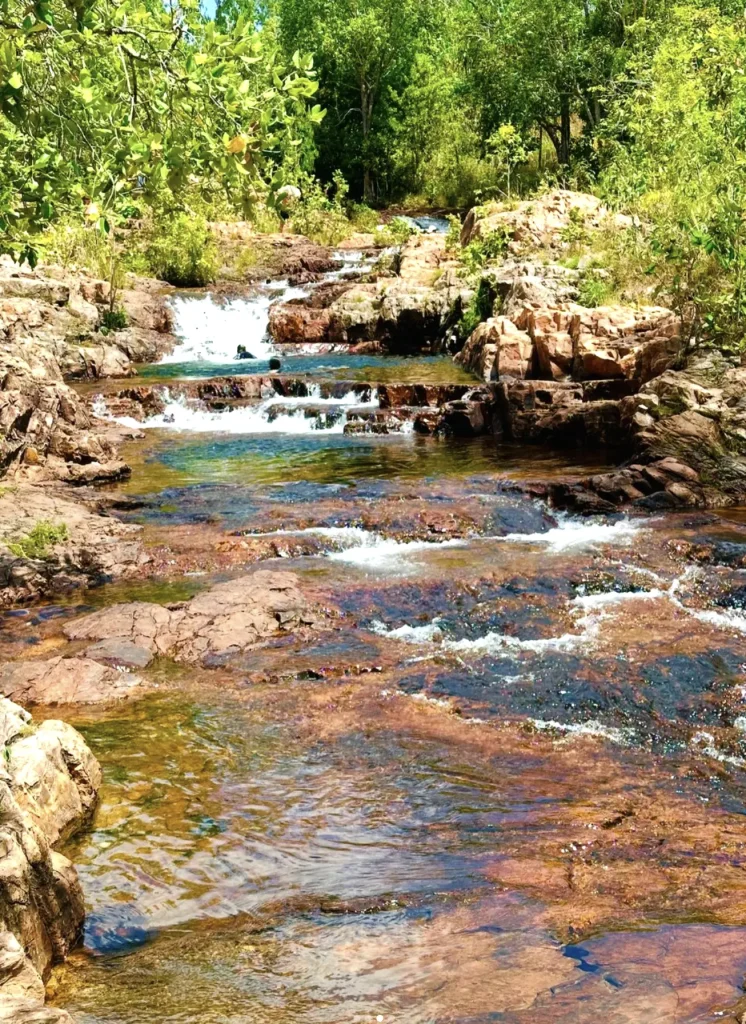
Tolmer Falls: An Indescribable Wonder
Tolmer Falls is one of the park’s most iconic waterfalls, known for its steep drop from the escarpment into a deep plunge pool. While swimming is not allowed, visitors can enjoy stunning views from the lookout platform. The falls are most impressive during the wet season when the water flow is at its peak.
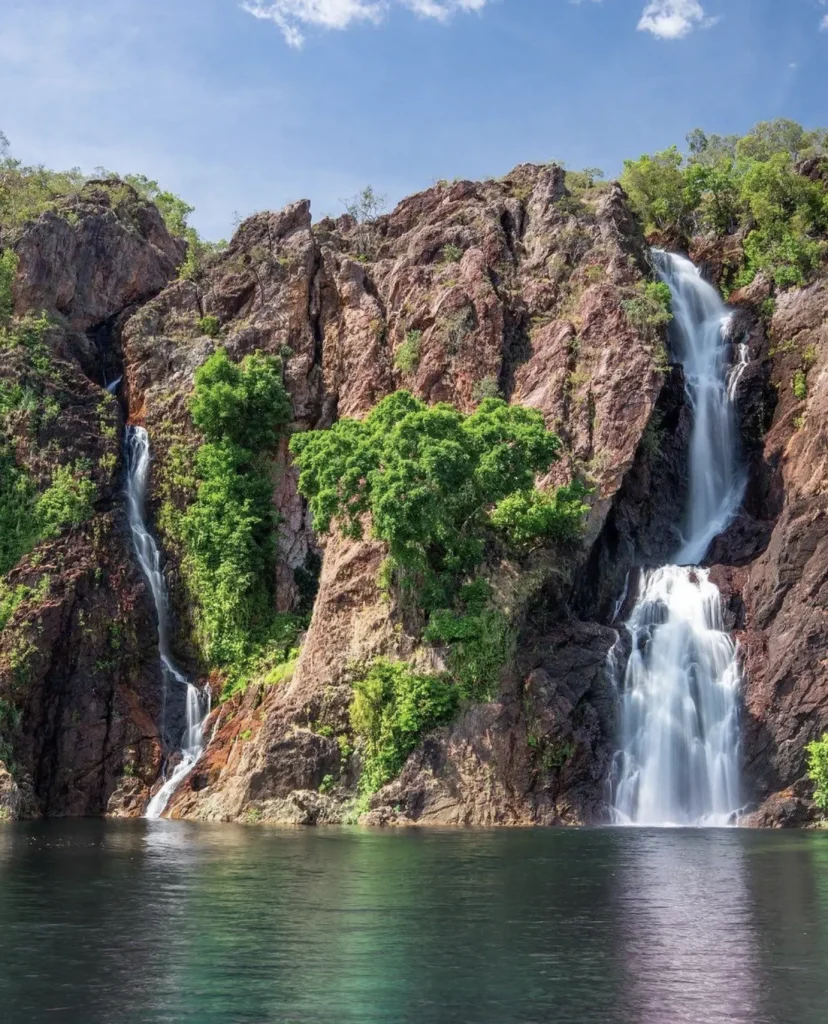
Tolmer Falls is home to endangered cave-dwelling bats, adding another layer of uniqueness to this natural wonder. The landscape surrounding the falls offers a different view of Litchfield’s diverse environment.
Wildlife and Vegetation in Litchfield National Park
Litchfield National Park offers a rich variety of wildlife and plant species. The park’s diverse habitats—ranging from monsoonal rainforests to savanna woodlands—provide visitors with ample opportunities to observe unique flora and fauna.
Endemic Fauna You Might Encounter
One of the most exciting features of Litchfield is its wildlife. The park is home to a variety of animals, including wallabies, which are commonly seen in the picnic and camping areas. These friendly creatures are often spotted during the early morning or late evening.
In the monsoon forests, you’ll also find flying foxes hanging in the trees during the day. Birdwatchers will enjoy spotting species like the rainbow bee-eater, kingfishers, and black cockatoos. Litchfield provides plenty of opportunities to appreciate the local wildlife.
Plant Variety Throughout the Year
Litchfield’s plant life is equally impressive. The park is filled with dense monsoonal rainforests, towering termite mounds, and open woodlands. During the wet season, the park is transformed into a lush, green wonderland with flowers blooming everywhere.
One of the park’s most fascinating features is the magnetic termite mounds, located in the open grasslands. These mounds are built by termites in alignment with the Earth’s magnetic field and can reach heights of up to two meters. These structures are truly masterpieces and a must-see for curious visitors.
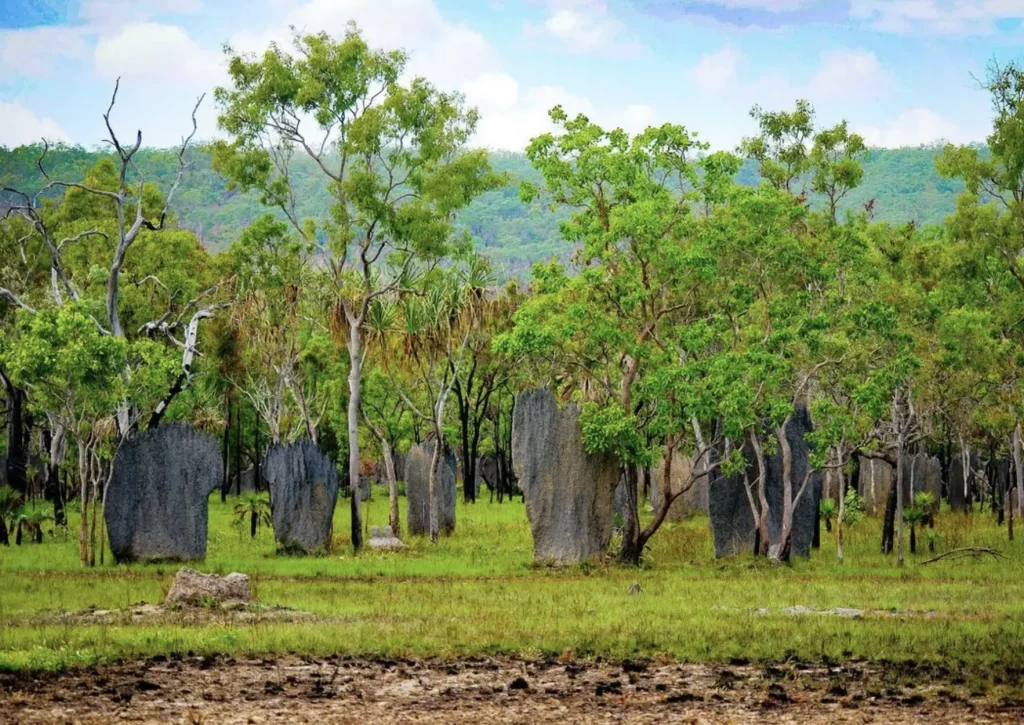
Best Time To Visit Litchfield National Park
When planning a trip to Litchfield National Park, timing is everything. The park offers a different experience depending on whether you visit during the dry season or the wet season.
Exploration in the Dry Season
The dry season, from May to October, is the peak tourist season. During this time, the weather is cooler, and most of the park’s attractions are easily accessible. The waterfalls, though not as powerful as during the wet season, still have enough water for swimming, and popular spots like Florence Falls and Wangi Falls are open to visitors.
The dry season also offers more opportunities for walking, with trails open and ready for exploration. The cooler temperatures make it an ideal time for hiking and picnicking in the park.
What to Expect in the Wet Season
The wet season, from November to April, is characterized by heavy rains and hot weather. Some areas of the park may be inaccessible due to flooding, but the wet season has its own unique advantages. The waterfalls, including Tolmer Falls and Surprise Creek Falls, are at their most powerful, creating a breathtaking spectacle.
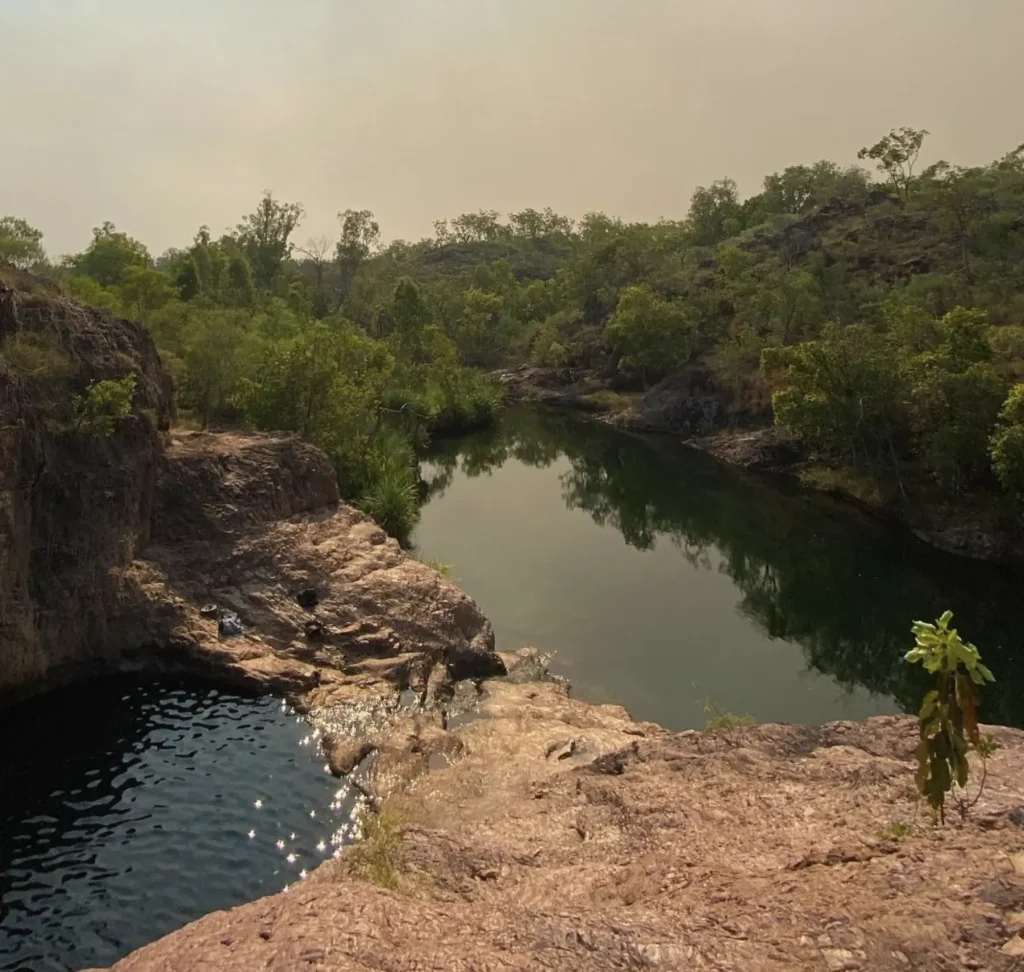
Though the park is quieter during this time, those willing to brave the elements will find the lush monsoonal forests and vibrant landscapes full of life. Just be cautious of road closures and safety warnings during this season.
Outdoor Adventures and Activities
Litchfield National Park is a paradise for adventurers, offering a wide range of activities including hiking, swimming, and camping.
Walking – Hiking – Bushwalking
There are numerous walking tracks in Litchfield, ranging from easy strolls to more challenging hikes. A highlight is the Florence Falls Walk, which takes visitors through the monsoon forest to a scenic lookout point and finally down to the swimming pool. The Central Valley Trail offers a more adventurous experience, showcasing waterfalls and rock formations.
Another popular walk is the Walker Creek Walk, which follows the creek and passes several swimming holes. Whether you’re a seasoned hiker or a casual walker, Litchfield has a trail for everyone.
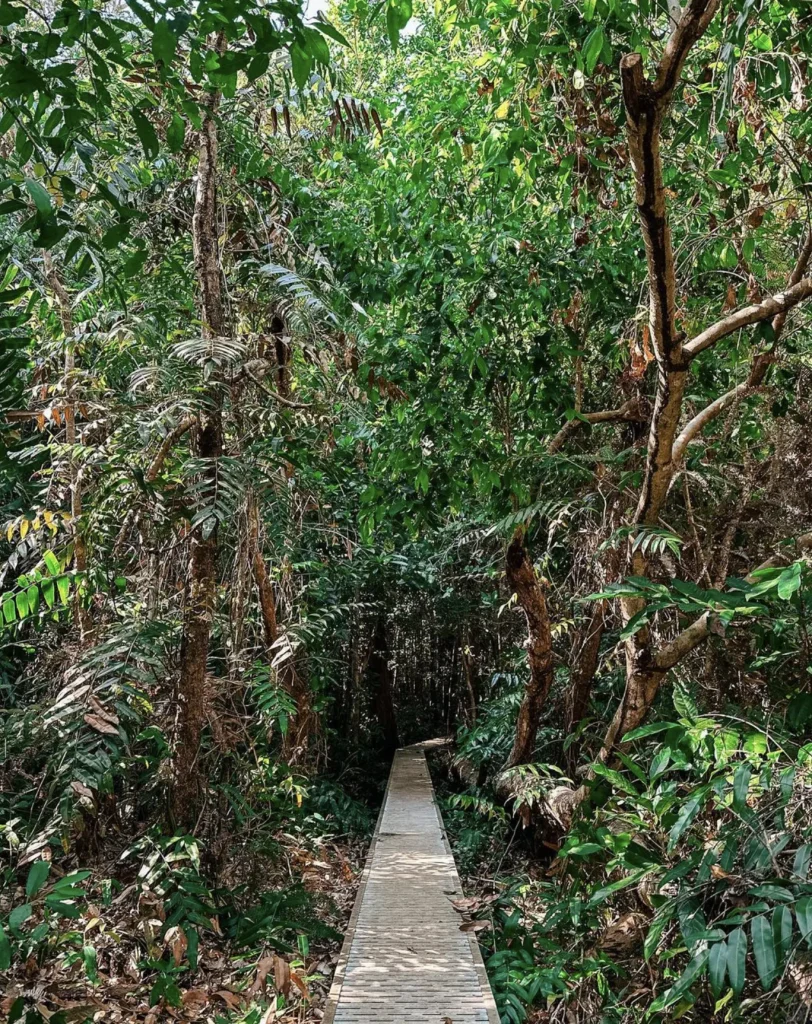
Swimming – Natural Pools – Waterfalls in Litchfield National Park
One of the best things about Litchfield is its abundance of natural pools and waterfalls. Whether it’s swimming under the cascading waters of Wangi Falls or floating in the serene pools at Florence Falls, Litchfield offers plenty of spots to cool off.
For those seeking a more secluded experience, Sandy Creek and Surprise Creek Falls provide tranquil swimming areas away from the crowds.
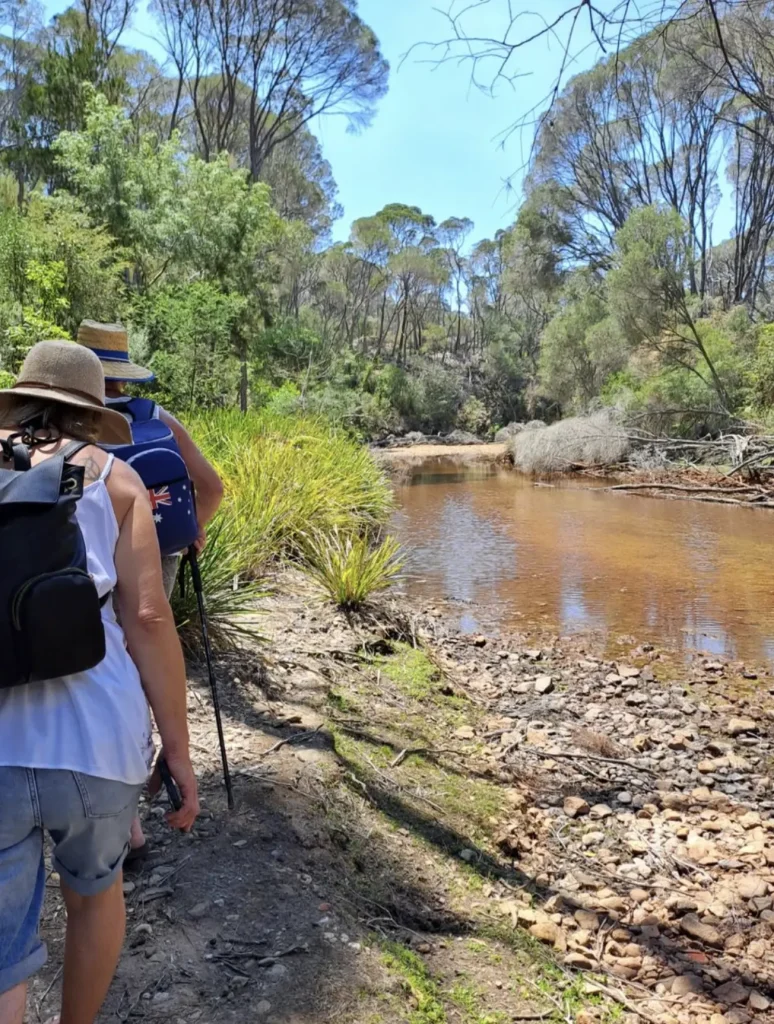
Camping in Litchfield National Park
Camping in Litchfield is a fantastic way to immerse yourself in the park’s natural beauty. There are various campsites throughout the park, ranging from basic sites to those with amenities like picnic tables and fresh water.
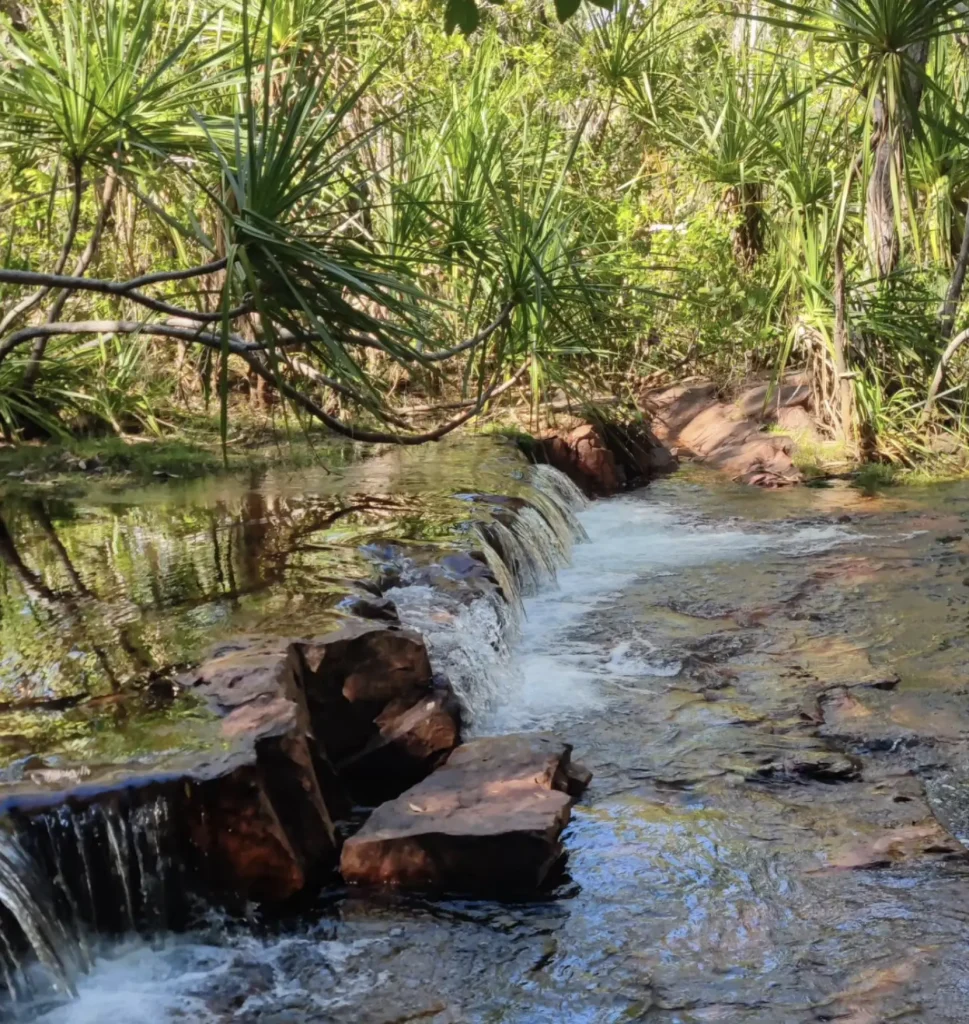
Popular Camping Spots
- Wangi Falls Campground: Located next to the iconic Wangi Falls, this is one of the most popular campgrounds. It’s perfect for those looking to swim during the day and enjoy a peaceful night under the stars.
- Florence Falls Campground: This campground offers proximity to the Florence Falls and is ideal for hikers who want to explore the area.
Camping spots are available on a first-come, first-served basis, so it’s best to arrive early, especially during the high season.
Visit on a Guided Tour or Explore on Your Own
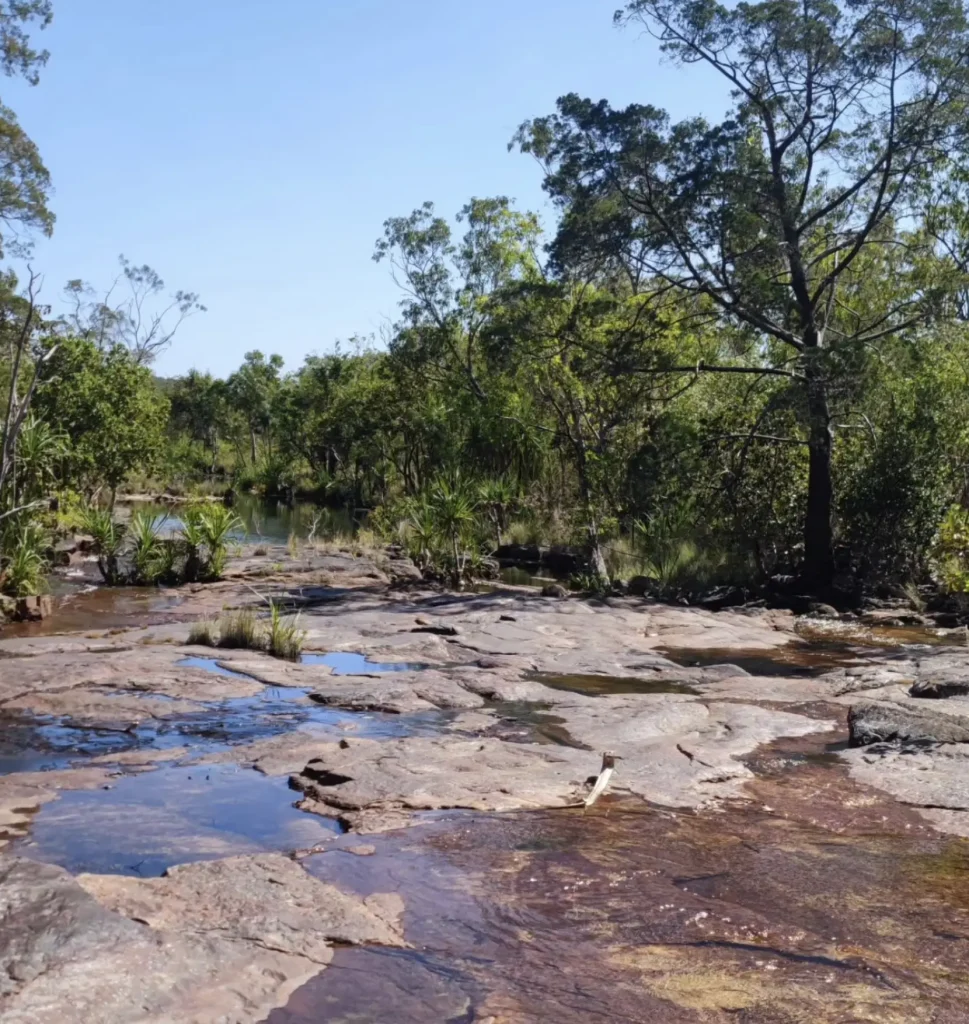
Litchfield National Park can be explored through guided tours or self-exploration, depending on your preferences.
Guided Litchfield National Park tour is a great option if you want a more relaxed experience, with an expert guide explaining the park’s history, wildlife, and geology. These tours often include transport, meals, and entry fees, leaving you free to enjoy the experience.
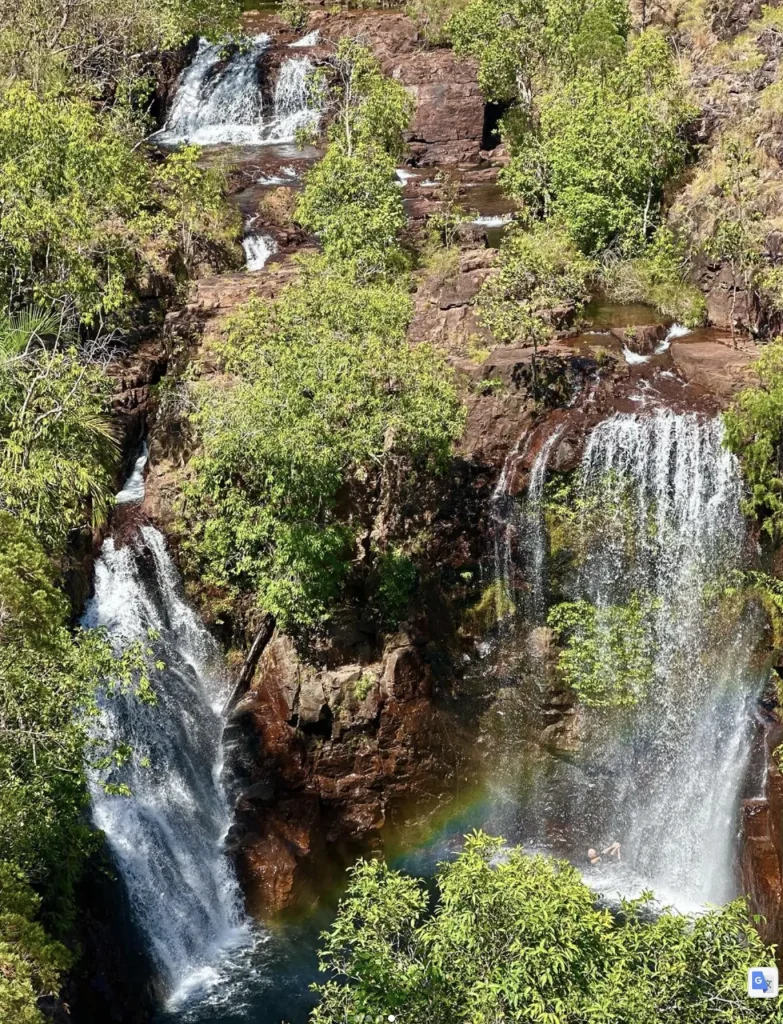
Alternatively, self-exploration allows you to set your own pace and visit the major attractions, such as Wangi Falls, Florence Falls, and Tolmer Falls, at your leisure. Both options offer unique advantages, so choose the one that best suits your travel style.
Litchfield National Park is a treasure trove of natural wonders, offering stunning landscapes, vibrant wildlife, and rich cultural history. Whether you’re drawn to the majestic waterfalls like Florence Falls and Wangi Falls, or the peaceful surroundings of Walker Creek and Tjaynera Falls, the park has something for everyone. Whether you visit on a guided tour or explore on your own, Litchfield offers endless opportunities for adventure and relaxation.
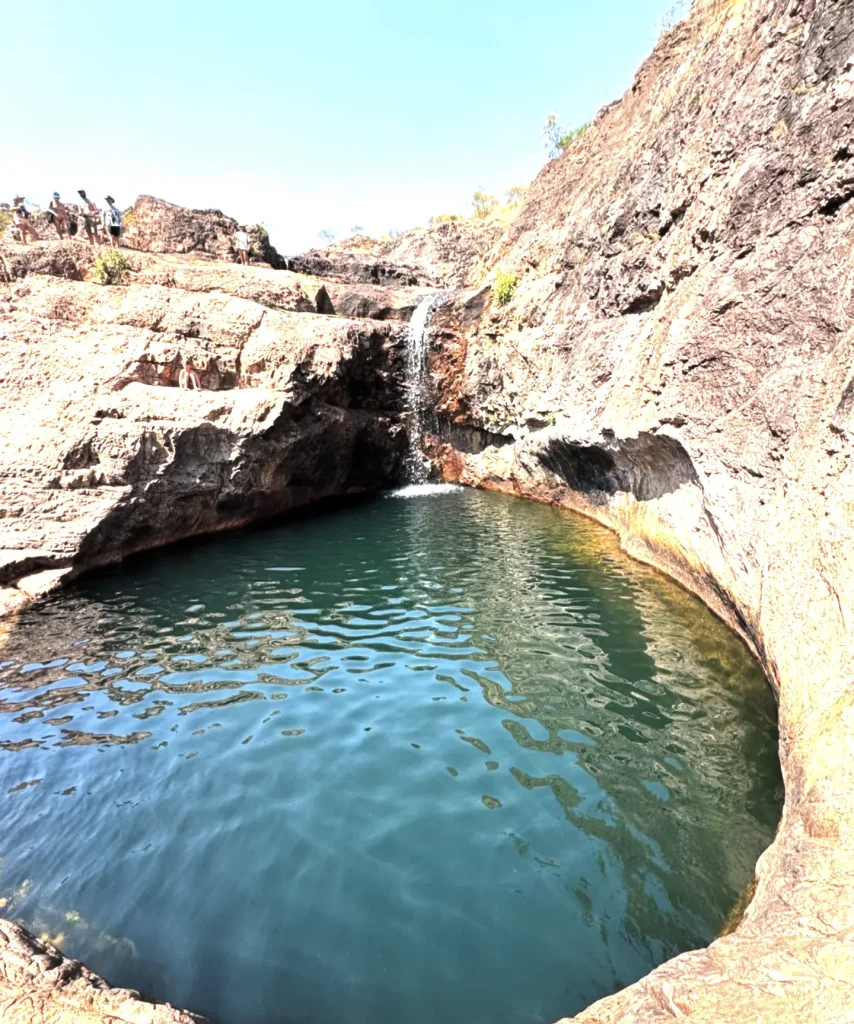
Frequently Asked Questions (FAQs)
Are there any limitations to access Litchfield National Park year-round?
Yes, Litchfield National Park is open year-round, but during the wet season (November to April), some areas may be inaccessible due to flooding or road closures. The dry season (May to October) is the best time to visit when most attractions are open.
Can I drive around Litchfield National Park in a 2WD car?
Yes, you can visit major attractions like Florence Falls, Wangi Falls, and Tolmer Falls in a 2WD car. However, if you want to explore areas like The Lost City or Surprise Creek Falls, a 4WD is recommended.
Are there crocodiles in Litchfield National Park?
Yes, during the wet season, crocodiles may be present in some areas. Popular swimming spots like Florence Falls and Wangi Falls are monitored, and swimming is only allowed when it is safe.
Can I visit Litchfield National Park on a day trip from Darwin?
Yes, Litchfield National Park is about 90 minutes from Darwin, making it ideal for a day trip. Day tours from Darwin are popular, or you can self-drive and visit the park’s major attractions.
What should I bring to Litchfield National Park?
When visiting Litchfield, pack water, sunscreen, insect repellent, a hat, comfortable shoes, and swimwear. If camping, bring food, sleeping bags, tents, and cooking equipment.
Litchfield National Park offers a rich blend of natural beauty, wildlife, and cultural history. Whether you’re on a day trip or staying for an extended visit, this guide provides all the information you need to make the most of your time in this stunning part of Australia.
